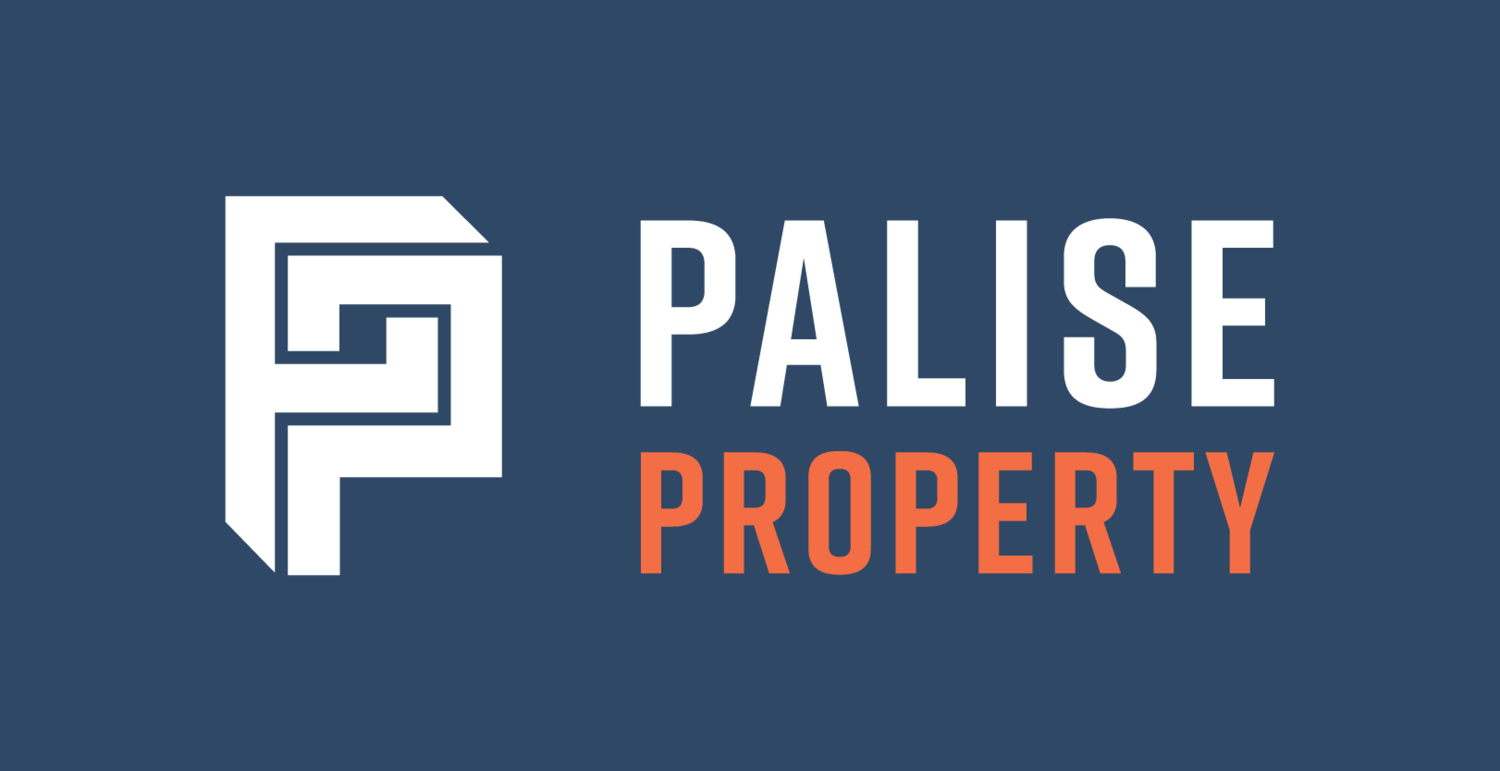7 Ways to Grow Your Property Investment
Investing in property can be a lucrative means of building wealth. But buying a property and holding onto it is insufficient to ensure a successful investment.
To yield maximum returns, you must proactively seek opportunities to grow your investment property.
In this article, we’ll explore seven effective strategies to help you bolster the worth of your property, increase rental income, and ultimately achieve greater financial success as a property investor.
Whether you are a seasoned investor or just starting, these tips will provide valuable insights and guidance for elevating your property investment game.
Leveraging
One of the best ways to quickly expand your portfolio comes down to the basics of leveraging—compounding, specifically.
Compound returns occur when you earn a return on investment and then reinvest those proceeds, increasing your earning power.
In other words, if you earn a percentage income on the capital you’ve invested, that income is then added to the amount you began with, so you can earn a percentage income on that as well, earning "income on the income."
For example, if you invest $100,000 at a 7% per year interest rate, compounded monthly, in ten years, you’ll end up with $200,966.
Leveraging is fantastic as it allows you to purchase more properties of higher quality than you could otherwise afford.
Interest Only Versus Principal and Interest
The interest-only (IO) strategy involves adjusting your loan to only pay the interest rather than paying off the principal and interest (P&I).
The lower repayments during the interest-only period could help you save more or pay off other, more expensive debts. In addition, this strategy may be useful for short-term loans, such as bridging finance or a construction loan.
Also, you could claim higher tax deductions for an investment property because you’ll have a larger debt on the property and hence more interest payable in the long term.
Rentvesting
Rentvesting is a popular strategy where you rent a property in an area you like for lifestyle reasons or convenience while leasing your investment property to make money through leverage.
The rentvesting strategy is useful if you can't purchase a property in your desired area or if other regions have better growth prospects.
It allows you to enter the property market without delaying homeownership in your preferred location.
Buying a Principal Place of Residence First
Purchasing your principal place of residence (PPOR) is a great investment strategy to start with.
As a homeowner, you can enjoy First Home Owner Grants and stamp duty savings and save on capital gains tax (CGT) if you sell your property since you lived there.
The CGT exemption on your former home can be significant if you treat it as your main residence for CGT purposes, even if you no longer live there.
For you to be eligible for the CGT exemption, the property must have been your main residence, and you must have stopped living there.
Investment Property
Purchasing an investment property can get you into the property market sooner than waiting for your dream PPOR.
When rented out, the tenants may cover all expenses (providing weekly cash flow).
If you purchase an investment property, you’ll also be eligible for significant tax savings, such as negative gearing, depreciation, and maintenance costs.
The key difference between an investment property and a PPOR is that an investment property is driven by financial needs rather than emotional or personal requirements.
Assessing numbers and data will be your best friend, rather than getting bogged down looking at aesthetics and the ‘feel’ of a place.
Refinancing
Refinancing allows you to use the equity in your property as security for buying an investment property, possibly even without a deposit.
You can also use this equity to renovate or develop your property and consolidate all debts into one potentially lower interest rate.
Although refinancing can involve paperwork and time, the benefits of freeing up cash and reducing yearly repayments make it a worthwhile option for many investors.
Value-Adding
Value-adding creates equity faster by applying the right strategies to a property, helping you achieve wealth goals faster.
It ensures profitability even if the investment property's location does not experience expected capital growth.
After value-adding, refinancing the increased equity can fund a second property, allowing for a larger portfolio with a limited initial investment and higher return on capital through leveraging and refinancing.
Key Takeaways
As we have seen, many methods exist to grow your property investment. Along with some steady planning and research, you can strategically navigate your way through both the challenges and opportunities of building a successful real estate portfolio.
If you're interested in investing in residential property and would like to learn more about what it entails, I’ve written this easy-to-read guide that provides a thorough overview of the process of investing in residential property.
"Residential Property Investing Explained Simply" covers a wide range of topics, from understanding the factors that can impact the value of a property to the ins and outs of property investment.
Whether you're just starting to explore the world of property investment or are looking to deepen your understanding of the subject, this book is a valuable resource that can help you make informed decisions and maximise the value of your investments.
Alternatively, if you want to know how I’ve helped investors acquire a range of residential properties, feel free to reach out today.
